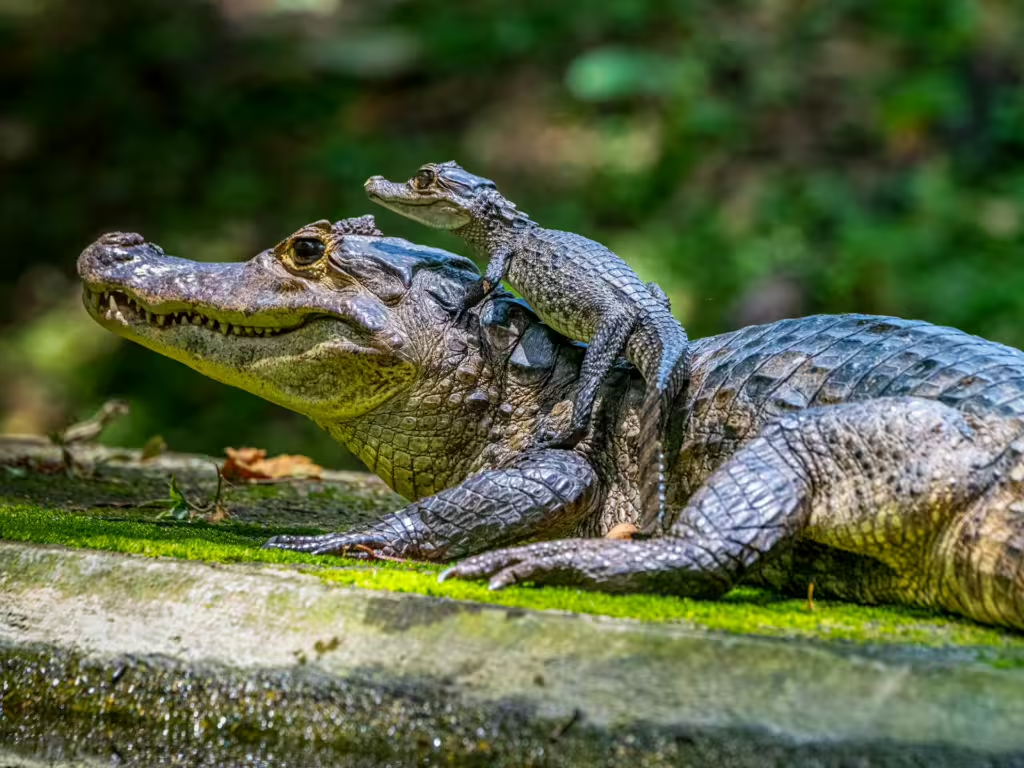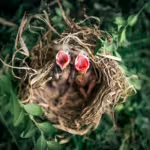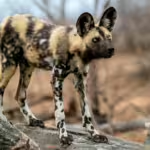Today, we continue our journey to discover our planet’s amazing animal parents with a group that many might consider to be downright unsuitable in that particular area. Indeed, while many of the world’s reptiles are quite adept as predators or even monsters, it is unusual for most of us to think of them as parents. We can harken this collective sensation back to our primeval ancestors, who likely regarded all reptiles they encountered with great unease.
Cold-blooded and instinct-driven, reptiles are often cast as solitary beasts, mostly dangerous to encounter, and downright indifferent when it comes to rearing their young. This latter belief likely stems from the fact that reptiles rarely give birth to live young and instead lay eggs. Nevertheless, if one were to dig a little deeper into the planet’s desert, forest, swamp, and grassland ecosystems of our planet, one might uncover a much more nuanced state of parental affairs where reptiles are concerns. In point of fact, there are several species of reptile that will go to great lengths to protect, warm, and even feed their offspring.
In this article, we will examine the curious parental habits of several terrestrial reptile species. As we explore their biomes and behaviors, readers will discover that, like birds, mammals, and even some fish, certain reptile species evince surprising forms of parental care. So prepare to be amazed, dear reader, as we learn about the unique and mysterious world of reptile parenting.
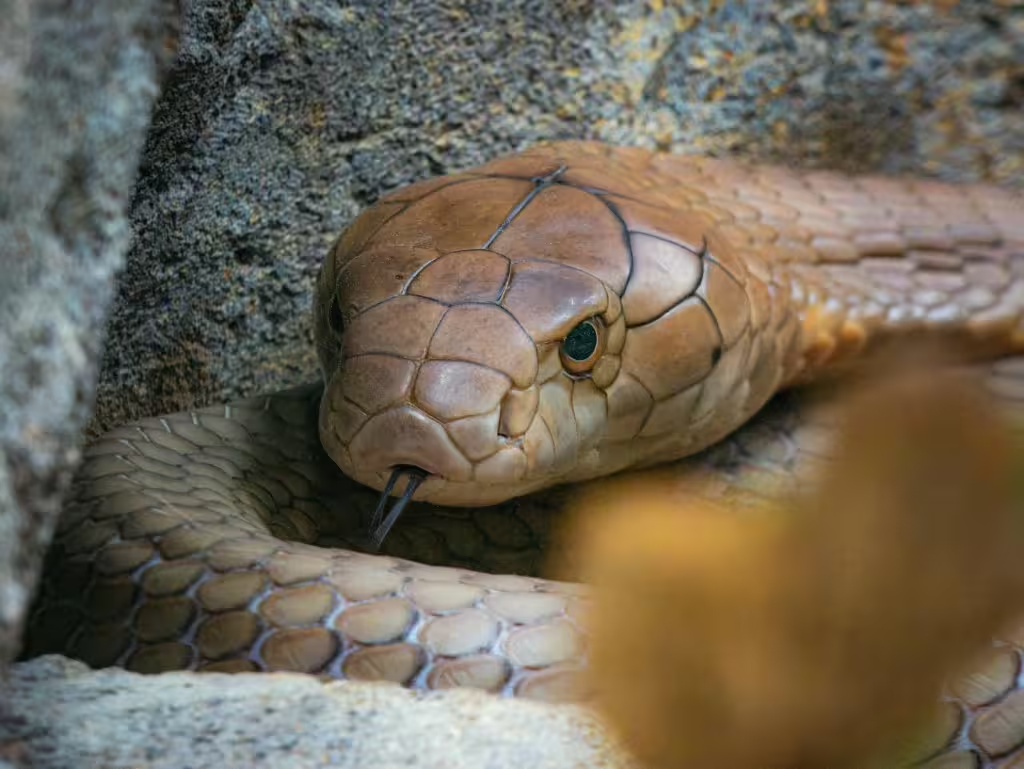
American Alligator – One Mean Mama
If one were to take a trip to the southeastern wetlands of the United States, one might be unfortunate enough to encounter the American Alligator. These massive marshland predators are apex predators in their home ecosystems and have been known to feed on any animal that crosses their path; humans included. Yet, despite their voracity and their ferocity, alligators are actually quite gentle when it comes to their offspring. Female alligators dote on their babies quite a bit, constructing elaborate nests from mud, vegetation, and debris, such as decomposing vegetation, prior to laying their eggs. Some of these nests have been measured at over six feet wide and several feet high. They can lay between 20 and 50 eggs at a clip and seal the nest up after to keep the eggs safe while they grow.
When the eggs finally hatch, the female returns to the nest to guard them as they grow. She never left, you see, but stayed nearby, waiting to hear the high-pitched chirps of her hatchlings. Upon her return, the mother alligator will pick up and gently carry the babies in her mouth to a nearby water source so that they can roam. She will remain there for weeks after, staying close to guard the babies and help them to navigate the unfamiliar world of the swamp. This behavior is most unlike other reptiles, who often leave their nest unattended once the eggs have been laid. In those cases, the poor hatchlings have to fend for themselves if and when they hatch.
Black Rock Skink – Rugged Outback Families
There are plenty of reptiles to speak about when it comes the The Land Down Under, but not all of them are what we might consider “stellar parents.” Black Rock Skinks are the exception. They can be found living in the rocky outcrops and forests of southeastern Australia and what’s interesting is that this particular genus of skinks is renowned for its unusually social behavior. What we mean is, these lizards aren’t solitary like many other terrestrial reptiles, but live in small family groups within their shared crevices. Not only that, but these family groups often consist of more than just a mated pair. In many cases, they also contain the pair’s offspring from multiple seasons.
Black Rock Skink also engage in long-term maternal care; something most reptiles wouldn’t ever consider to be a necessity. At the same time, females of the species give birth to live young—a rarity among reptiles—and remain with them in these shared shelters as they grow. Those young hatchlings will usually stay in the family burrow for a year or more, while their mothers remain so that they can actively defend the babies against rival lizards and predators.
King Cobra – Protective, Poisonous Queens
The King Cobra is feared for many reasons. First, it is quite large and second, it is quite venomous. In fact, this impressive serpent holds the title for the world’s longest venomous snake. It can be found in forests and plains across India and Southeast Asia, where it should be avoided by anyone who does not wish to tangle with a fearsome creature straight out of legend.
Frightening and dangerous though it is, the King Cobra also happens to be a surprisingly devoted mother for a reptile. Whereas most snakes abandon their eggs after laying, the female King Cobra chooses to take a more hands-on approach. Like the alligator, King Cobra females will build an egg mound, a nest that she constructs by gathering leaves and debris. She will then coil about it to press it into shape and lay 20 or 40 eggs inside. She will remain there. protecting the eggs from thieves and predators, for the next 90 days, while the eggs grow and hatch.
She won’t stay until the eggs hatch, however; she isn’t that dedicated. Nevertheless, the very fact that she stayed to guard the nest is enough of an indication that the King Cobra is far more maternal than most other serpents.
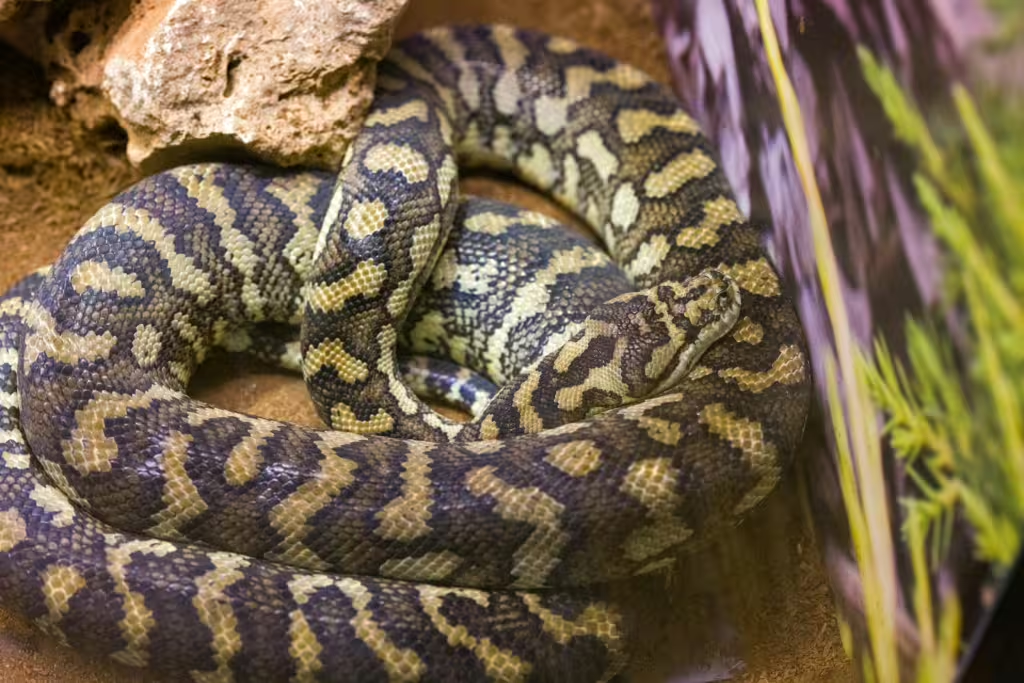
Red-Eyed Crocodile Skink – Guardians of Treasured Eggs
In the humid undergrowth of New Guinea, the Red-Eyed Crocodile Skink sits and waits like a dragon guarding its hoard. The small, spiny skink is solitary and dragon-looking, so the analogy fits, but the thing that it is guarding so jealously is not treasure, but a single, solitary egg. You see, female Red-Eyed Crocodile Skinks lay only one egg, which they guard ferociously as the embryo inside readies itself to meet the world.
What’s even more remarkable about these skinks is the fact that they don’t just up and leave when their only child hatches, Instead, these lizards continue to protect and shelter the helpless hatchling for a short period after it arrives, even allowing it to ride on their backs from time to time. This level of post-hatch involvement is quite rare among reptiles. As such, it has earned this amazing species a great deal of admiration among herpetologists and reptile enthusiasts the world over.
African Rock Python – Mindful Giants of the Savanna
The African Rock Python is one of the largest snakes on the African continent, but her size can be used to protect just as effectively as it can be used to crush her prey. These pythons don’t make nests like King Cobras but lay their eggs in abandoned burrows or termite mounds. Once they have settled down into the burrow, the Rock Python will then coil around her clutch, using her body to regulate temperature and protect the eggs from predators.
The female Rock Python will then stay there for the next three months, adjusting her position to warm the eggs through muscular contractions and eating minimally. The mother will stay with the eggs until right before the baby snakes hatch, though some do apparently remain amongst the hatchlings for a short period of time after birth.
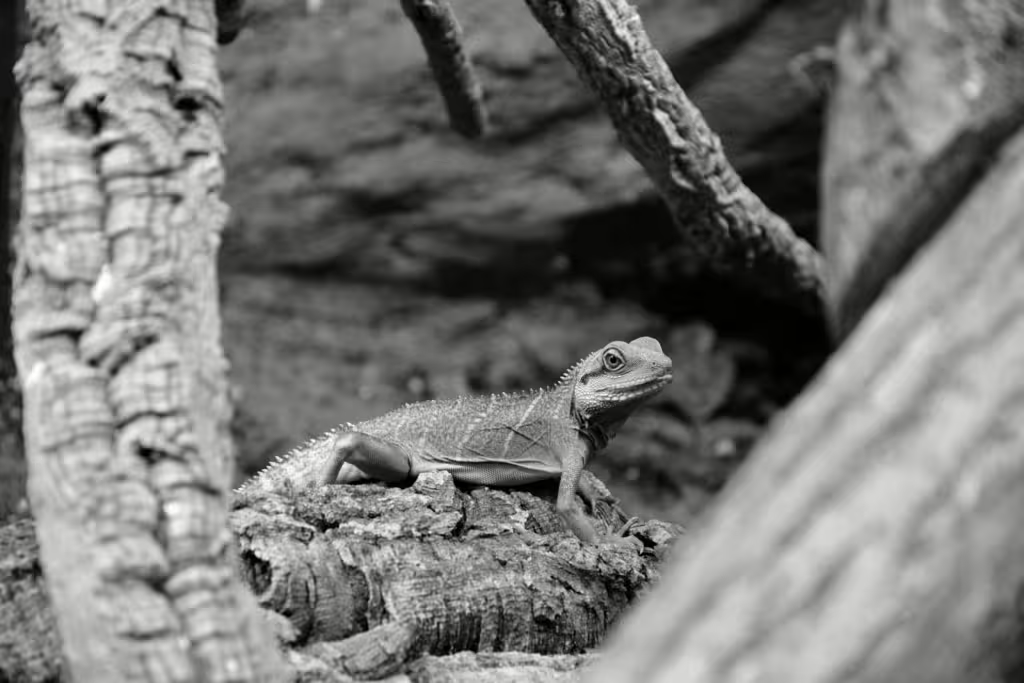
Tuatara – Grand Mamas from Prehistory
The ancient Tuatara of New Zealand is often referred to as a “living fossil,” the Tuatara. This is due to the fact that it is the last surviving member of an ancient reptilian lineage that diverged from lizards and snakes more than 200 million years ago. In addition to their primordial heritage, Tuataras are actually quite attentive when it coms to their eggs. Perhaps its because of their long lifespans, but Tuatara eggs take around a year to grow to hatching age. Because of this, the mother lizard must be careful about where she lays and buries her eggs.
After laying the eggs, the female Tuatara will take the time she needs to find a patch of warm, sandy soil to bury them for the incubation duration, She doesn’t stay to guard them, like some mamas on this list, but she clearly understands that certain conditions need to be met so they hatch and certain precautions must be considered. It’s subtle parenting, but it’s parenting nonetheless. Either way, the Tuatara must be doing something right, they’ve been doing it this way for more than 200 million years.
True Investigator Says…
As you can see, reptiles might be fearsome, poisonous, ferocious, or aloof; but that does not mean they are bad parents. Sure, they don’t cuddle with or nurse their young, but they do make sure they are safe. In the natural world, that counts for a great deal. In the end, the fascinating, attentive behaviors of the animals mentioned above help to underscore a simple truth that many have misinterpreted over the years: reptile parents are far from indifferent. Though their behavior may seem uncharacteristic to some, it is a clear example of evolution at work, of species using what nature gave them to ensure the survival of their progeny, and ultimately, their entire species.
Discover more from TrueInvestigator
Subscribe to get the latest posts sent to your email.
